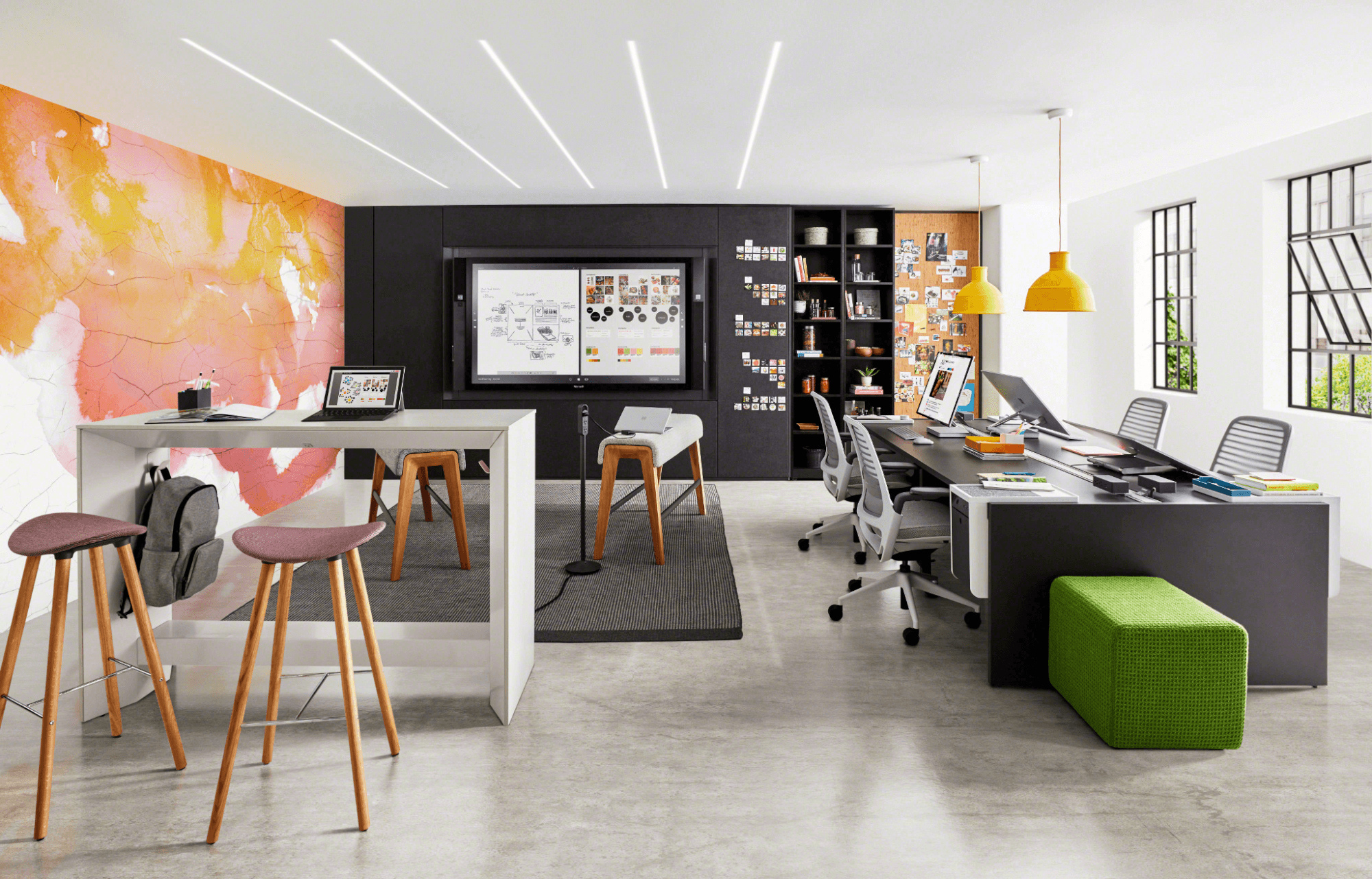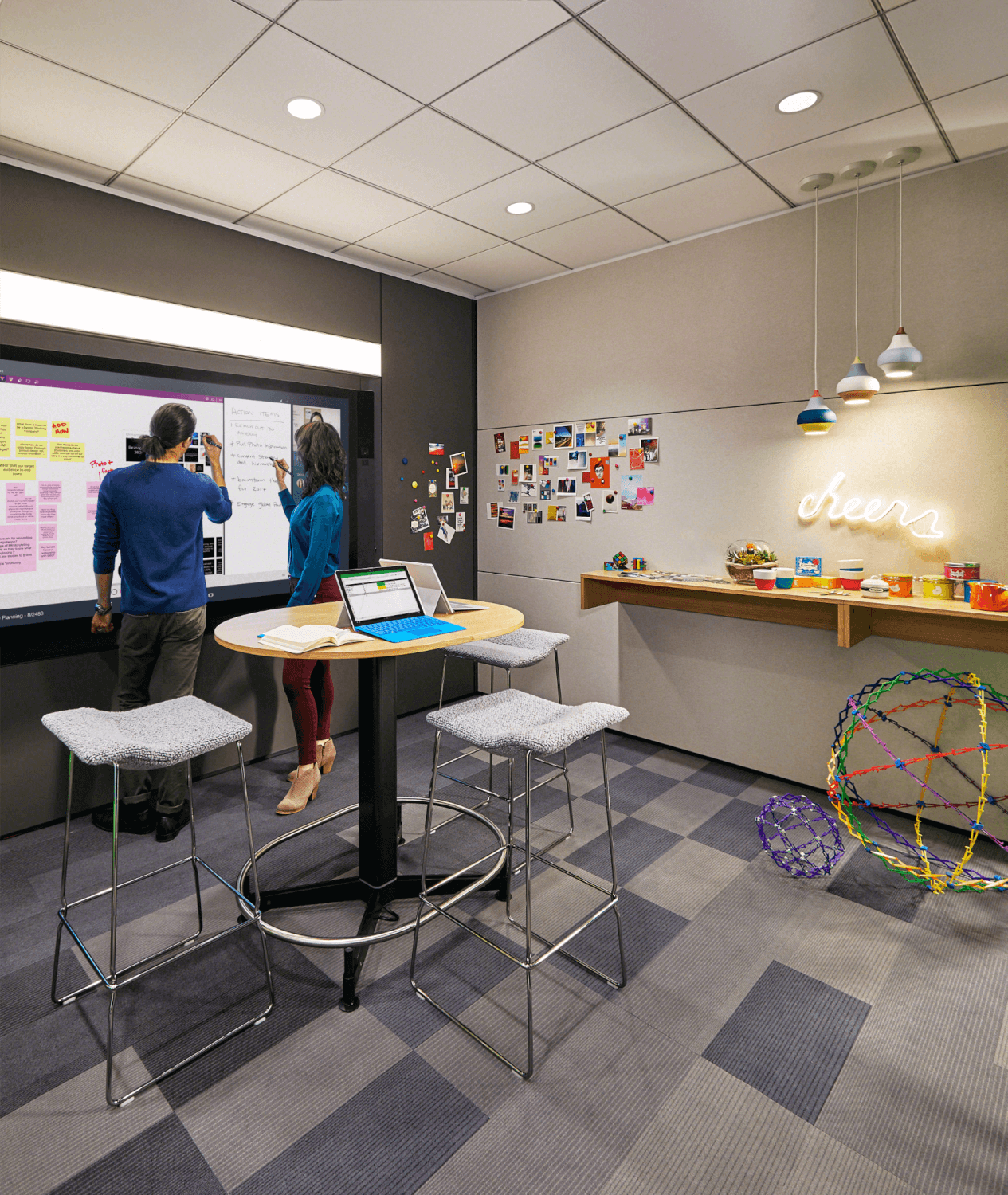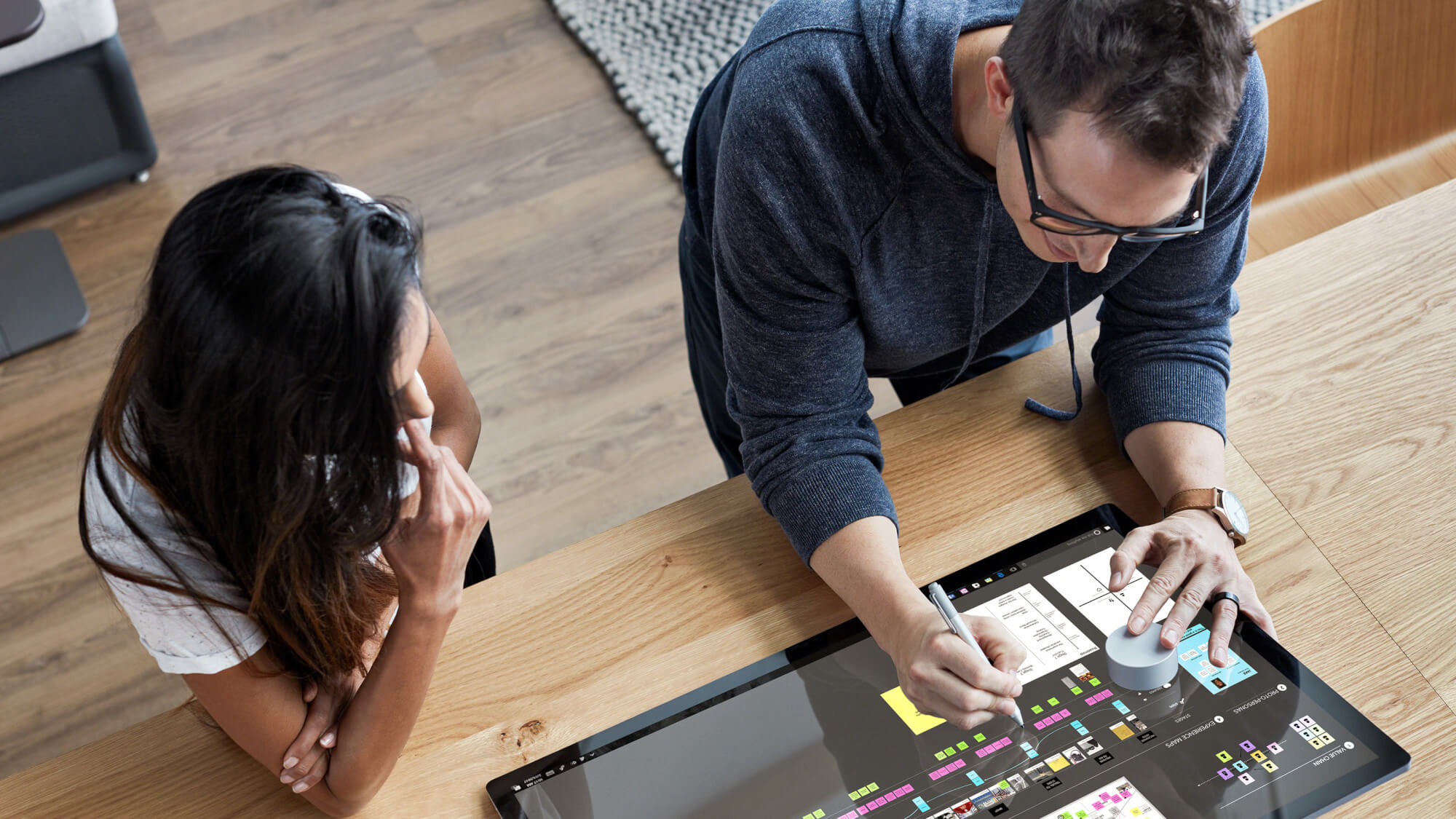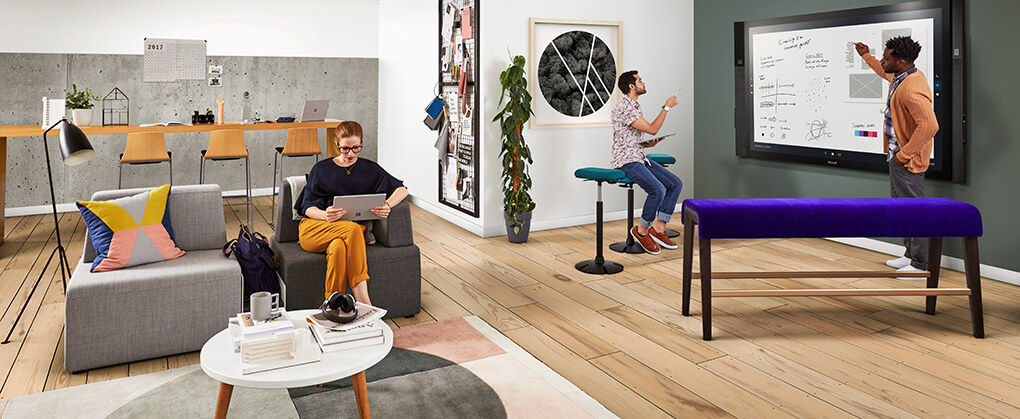To better understand their challenges, Steelcase recently studied teams in Europe, the Middle East and North America.
Here’s what we discovered.
New Work. Old Office.
Most offices are still designed for linear work and don’t enable the workflow, activities and behaviors required for design thinking and agile methodologies.
No Place to Call Home
Teams need to work in close proximity with easy access to their information, but they often don’t have a “home” where they can do this.


Lack of Control
People feel a lack of control over their environment and struggle to balance their individual work with the demands of the team’s work. Most spaces are designed with fixed furniture and walls that can’t adapt easily or quickly to the changing activities people do throughout the day.
Ideas Get Stuck
Solving big problems requires big ideas, but most collaborative spaces are designed for sharing information which means people tend to sit, listen and participate more passively. These spaces quietly discourage people from becoming physically and emotionally engaged in problem-solving activities.
Tools Fall Short
Most people have multiple personal devices but less access to technology for group work. When large-scale collaborative technology is available, the design of the space can become a barrier between people and the device, limiting their access and engagement with content on the screen.

To know everything about tomorrow’s world of work, we strongly recommend the ultra-documented reading, the 306° magazine of our partner Steelcase!





